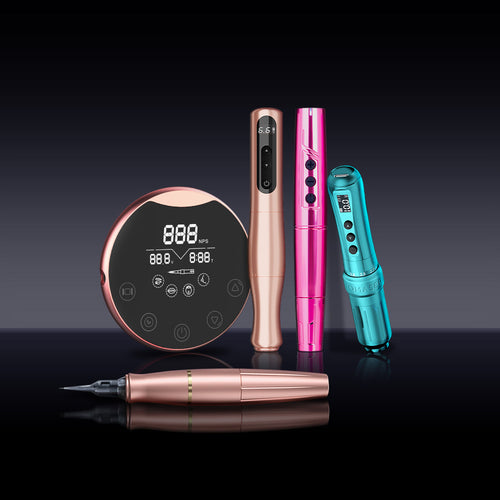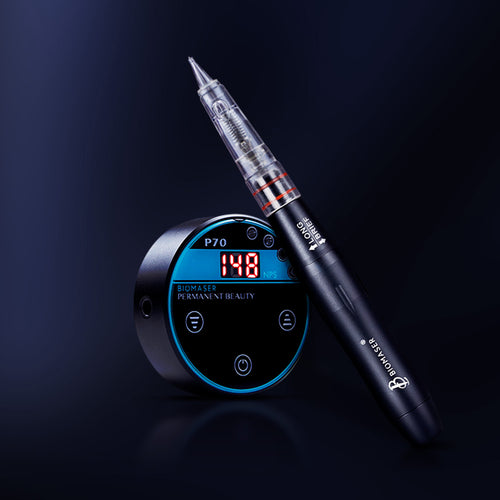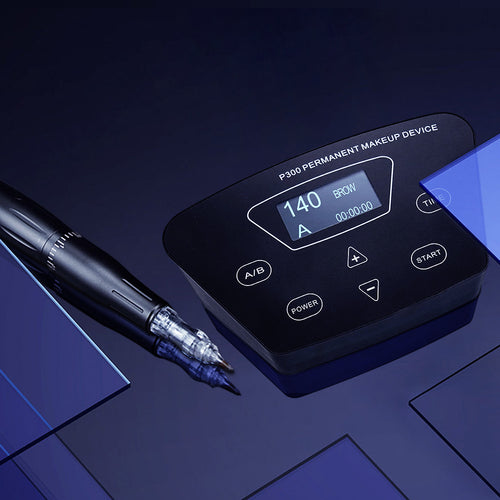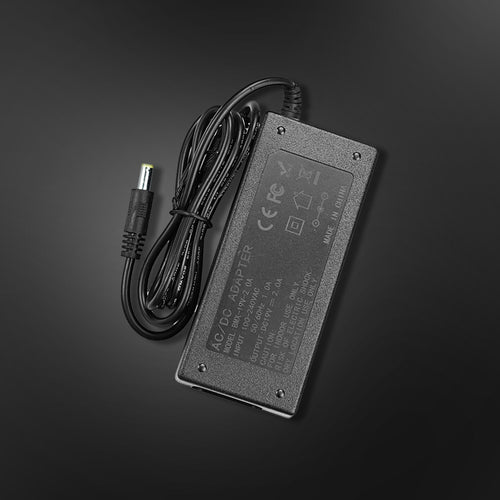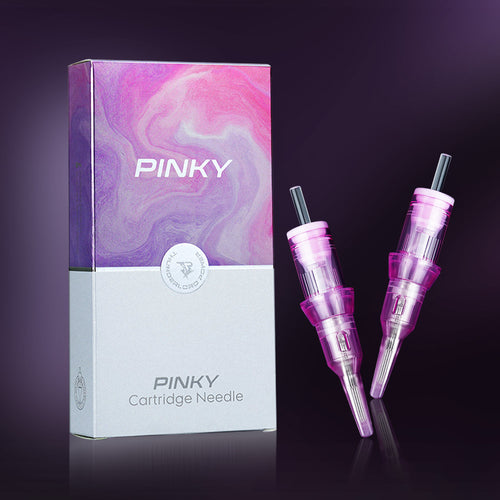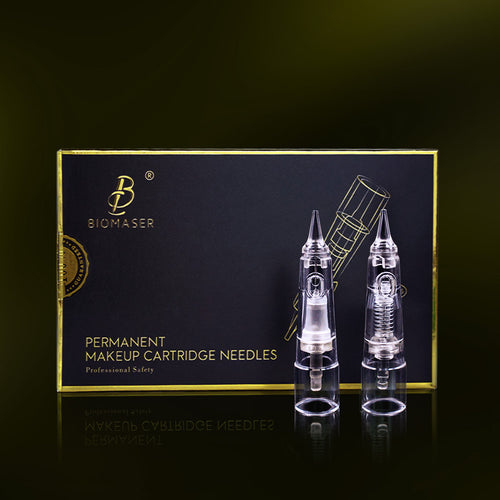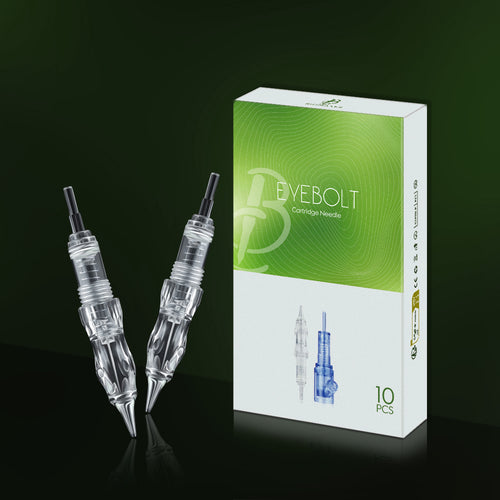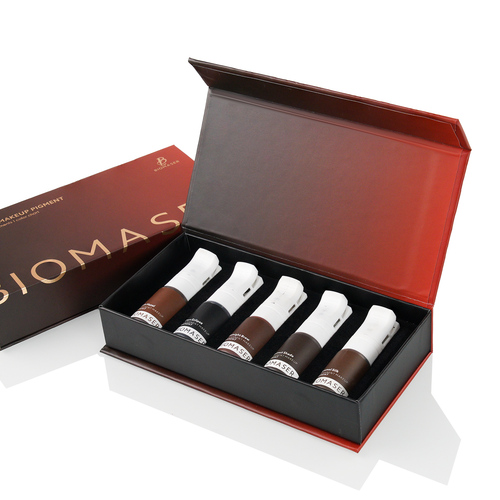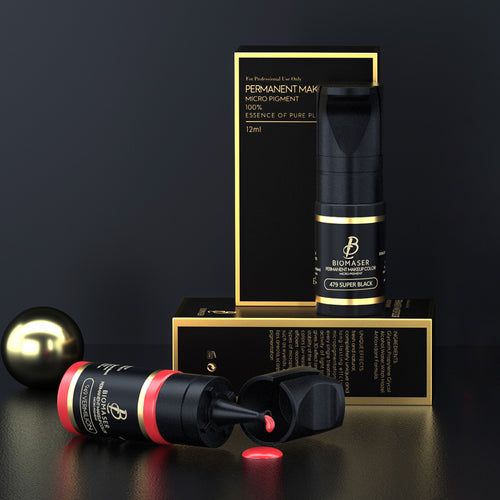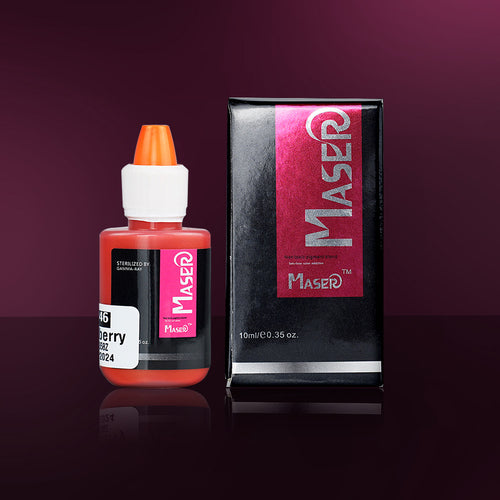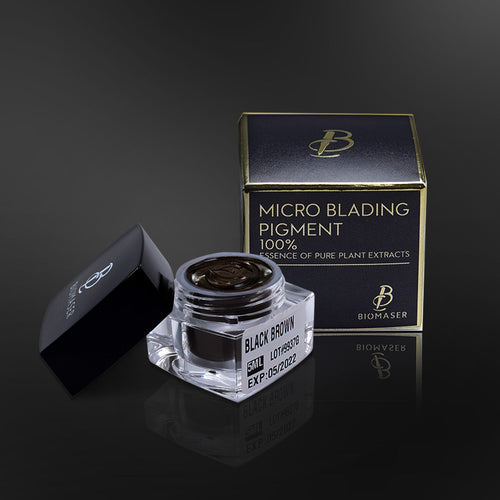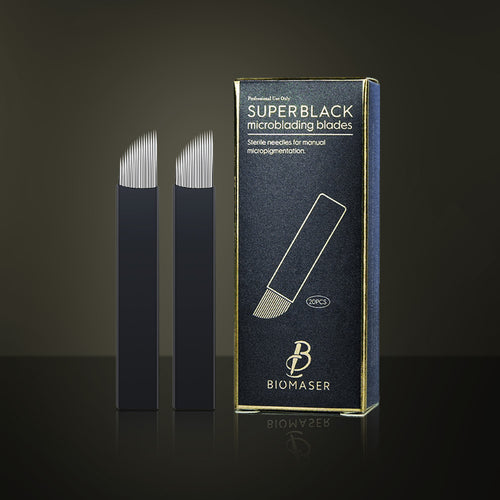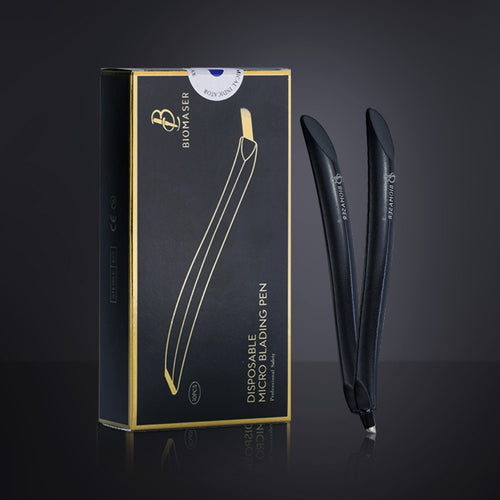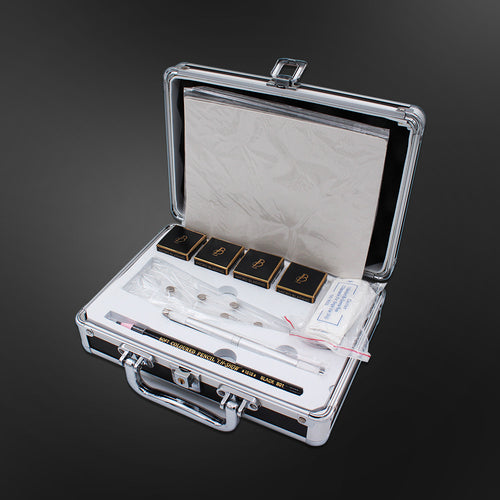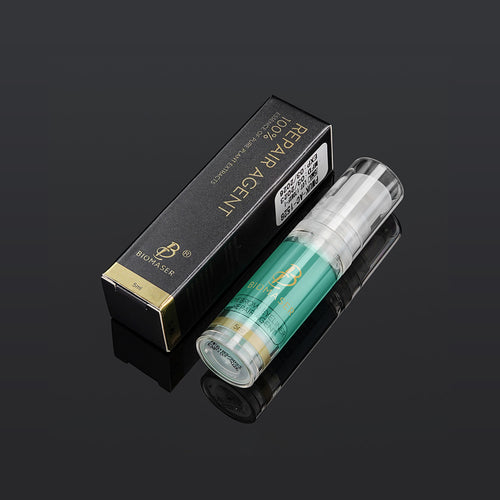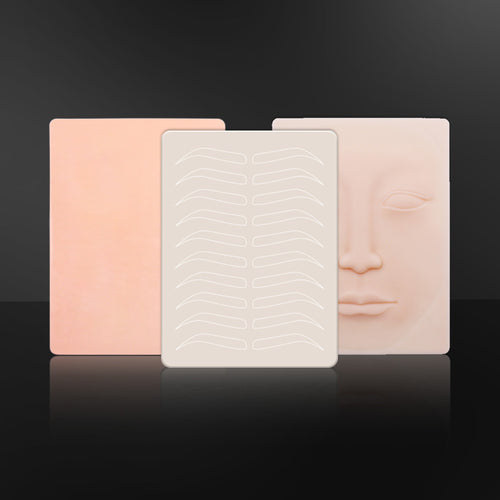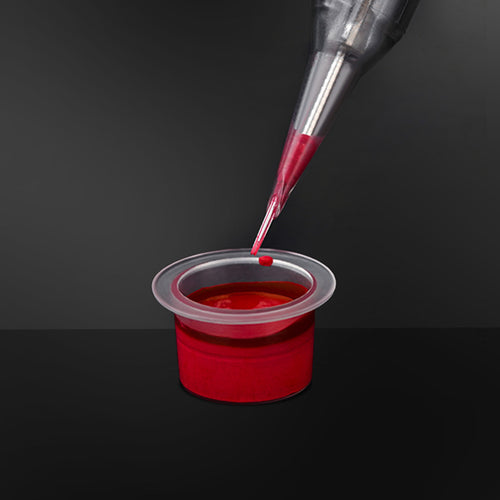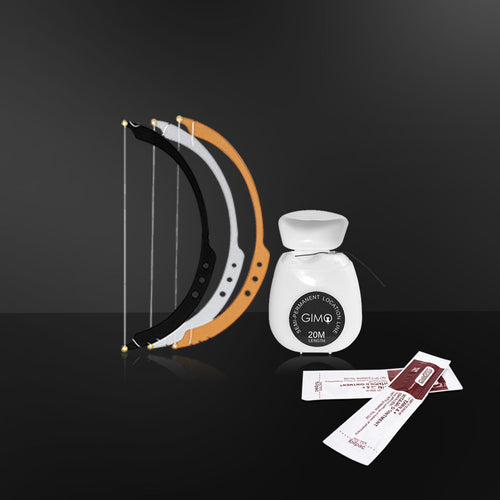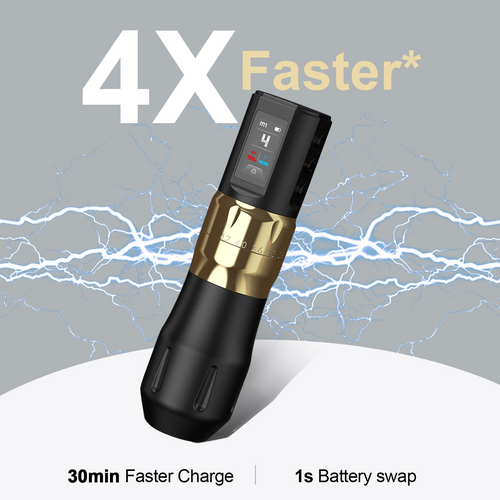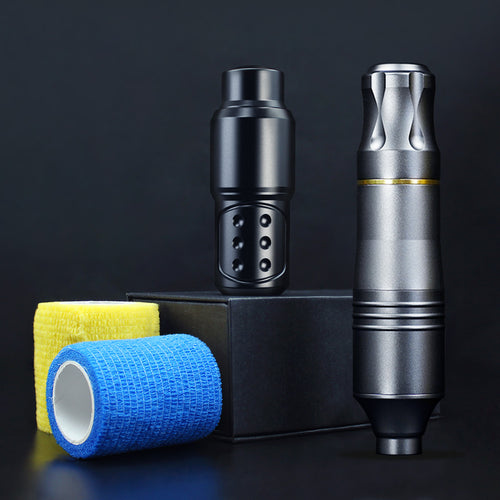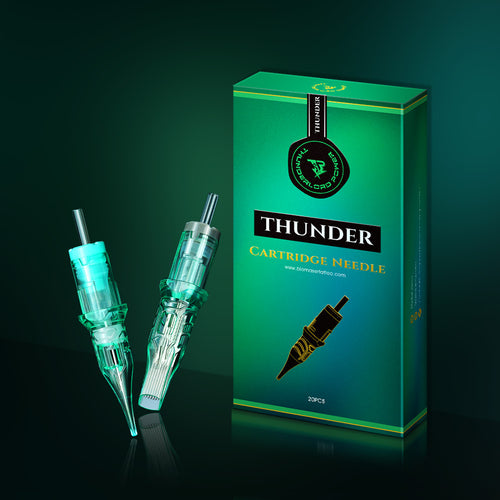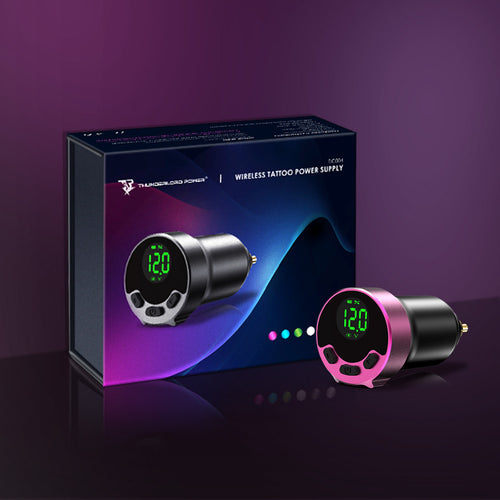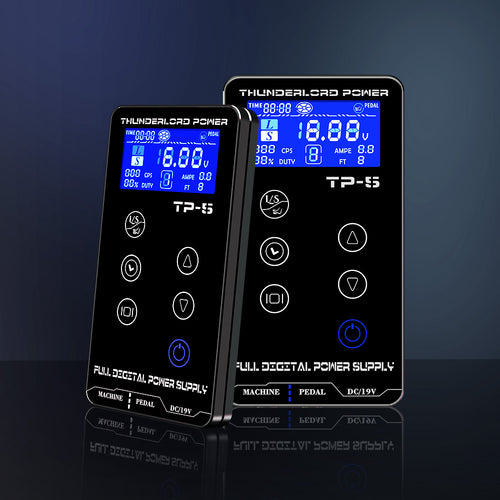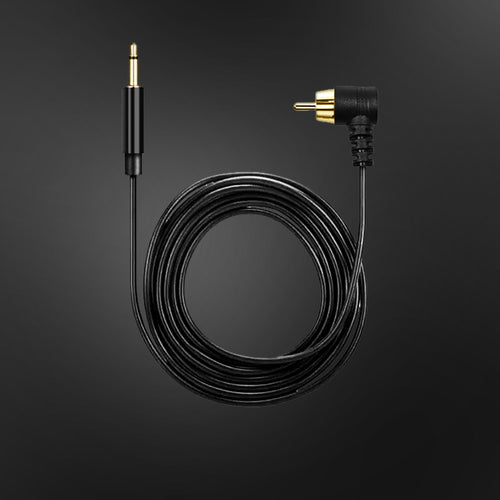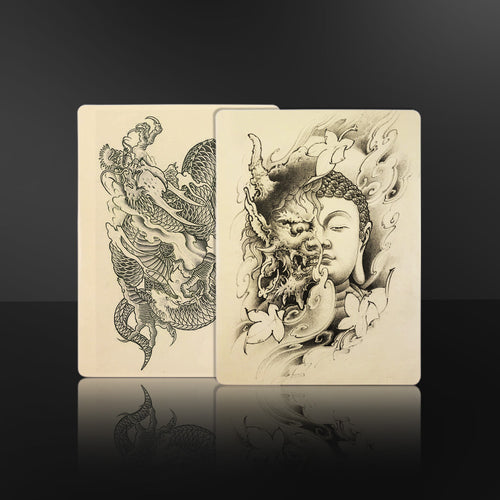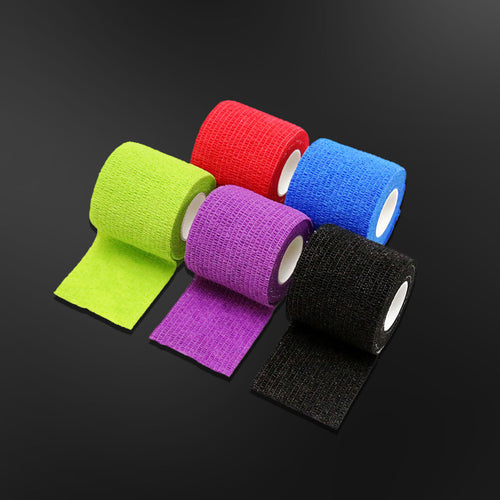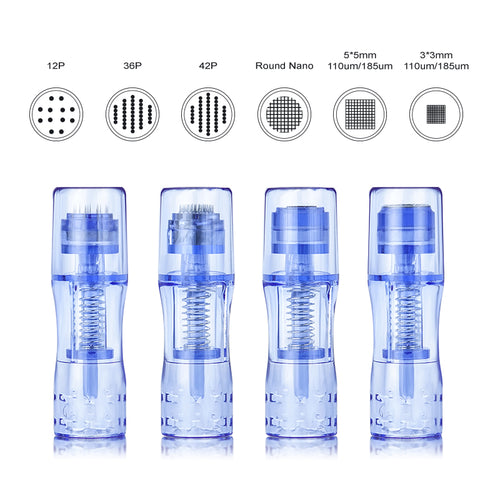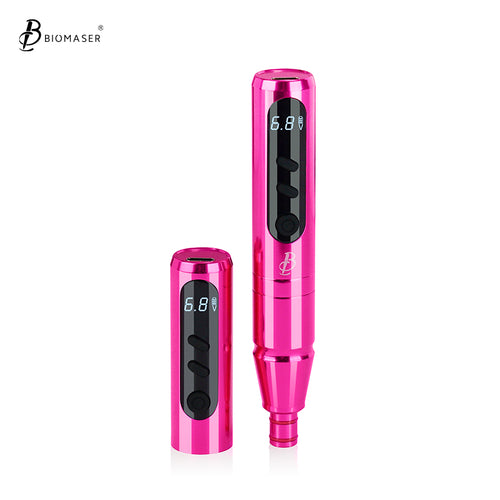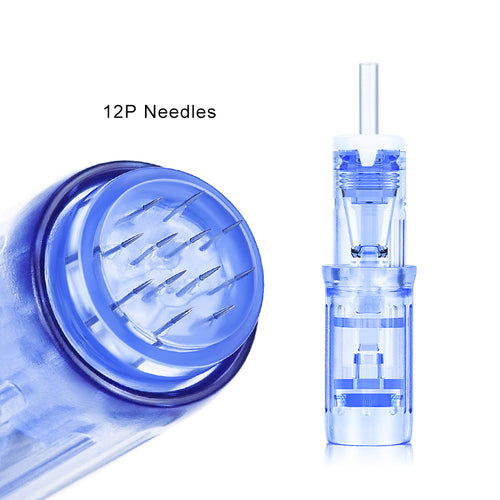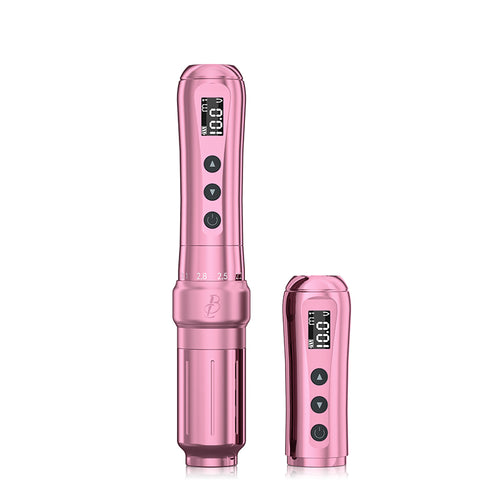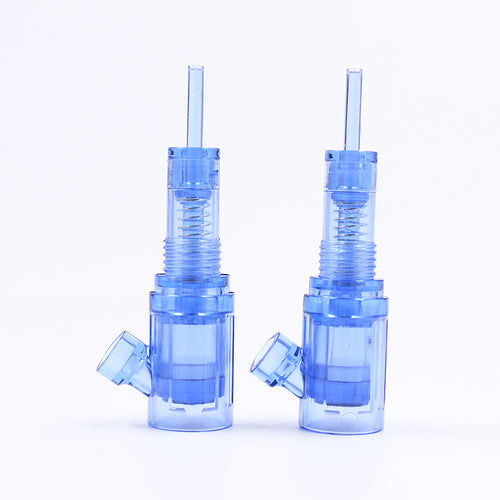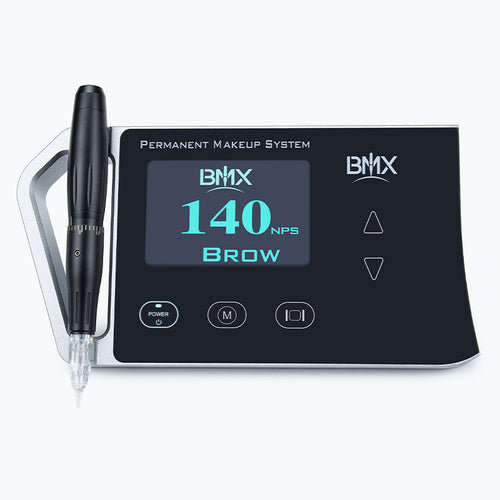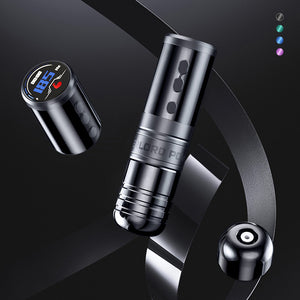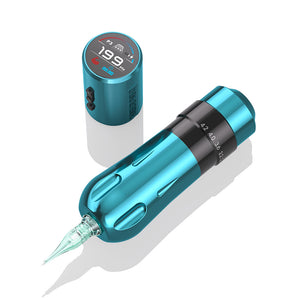Which Body Parts Are the Hardest to Tattoo?
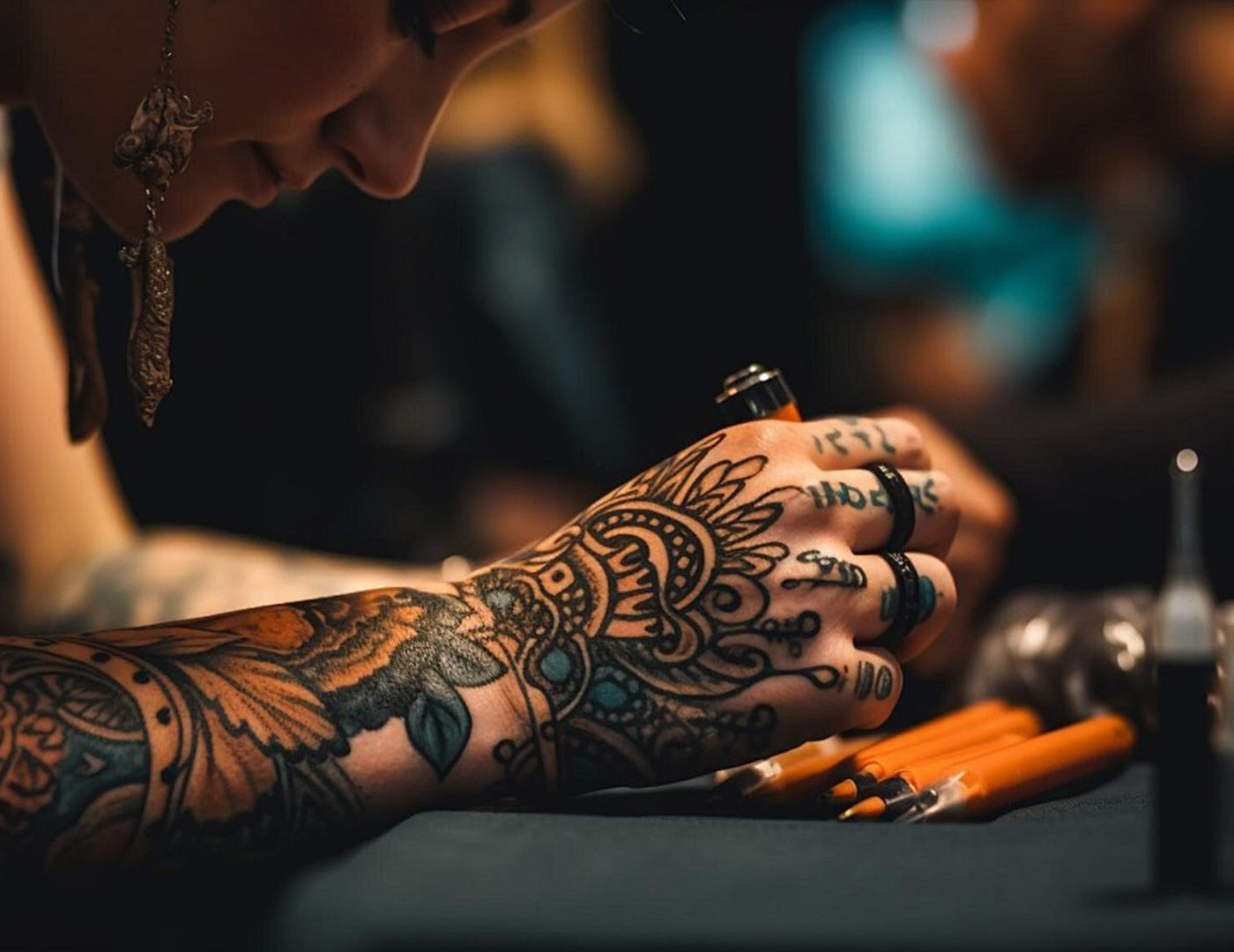
Tattoos have surged in popularity as a form of personal expression, but before you decide on your next piece of body art, consider the challenge of tattooing certain areas. This guide will delve into what makes some parts harder to ink than others.
Factors That Make Certain Body Parts Difficult to Tattoo
1. Pain Level
Getting inked can be a real ouch-fest on certain spots. This is all about how thin your skin is and the number of sensitive nerve ends packed in there. Take the inside of your arm-it's way thinner and touchier than the outer side. More nerves mean more wincing when the tattoo needle hits. If you're not too keen on the pain, aim for less tender areas like your upper arm or calf, since they tend to hurt less.
2. Skin Texture and Elasticity
The smoother and firmer the skin, the easier it is for a tattoo artist to work their magic. Softer areas that stretch easily, like the stomach or inner thigh, might warp your design if the skin isn't held taut. And tattoos on elastic skin may age differently over time, potentially blurring finer details.Prepare Your Skin Before Getting a Tattoo is important.It's important to prepare your skin for a tattoo.
THUNDERLORD POWER PROTECTOR U8 Wireless tattoo Machine Pen Frequency Adjustable
3. Accessibility and Awkward Positioning
Some body parts are more difficult to access or require awkward positioning during the tattooing process. This can make it harder for the tattoo artist to achieve precise lines and details, and may also cause discomfort for the client.
4. Healing Process and Aftercare
Different spots on your body heal at their own pace after getting tattooed. Parts that move a lot or bend, like your elbows or knees, may take longer to get back to normal. They also need extra TLC to keep the tattoo looking sharp and stop it from getting all wonky as it heals.
The Most Challenging Body Parts to Tattoo
1. Ribs

Considered one of the most painful spots to get a tattoo, the ribcage area is a notorious challenge for both the tattoo-ee and the artist. The skin here is exceptionally thin, lying right over bone, which means less cushioning when the needle strikes. Plus, every time you breathe, the skin moves, making it harder for the artist to work-and for you to hold still.
For those set on rib tattoos, deep and steady breathing is key. It helps manage pain and keeps your body as stable as possible. Remember, due to its sensitivity, the ribs might require multiple sessions, so factor in time and budget accordingly.
2. Feet

Feet tattoos, while popular for their discreetness, come with their own set of issues. The skin on your feet is thin, and they're filled with nerve endings, causing a sting during tattooing. They're also in constant use, bending and flexing, which can distort and delay the healing process. And because we're either walking on them or stuffing them in shoes, foot tattoos tend to blur or fade faster. If you decide to go with a foot tattoo, plan for some downtime post-tattoo to let it heal without irritation. Choose shoes carefully-soft, breathable fabrics are best-and be ready for potential touch-ups down the line.
3. Spine

Your spine is another high-pain hotspot. Not only does it have a high concentration of nerves, but the bone running directly underneath the skin makes for a less-than-comfortable experience. Artists must also navigate the natural curves and indentations of the spine, which adds a layer of complexity to keeping designs straight and symmetrical. When getting a spine tattoo, find a comfortable position that allows easy access to your back. Being able to relax despite the discomfort will help ensure a smoother session.
4. Elbows and Knees

The elbows and knees are notorious for being painful to tattoo, due to the thin skin and proximity to bones. The constant bending of these joints can also make it difficult for the tattoo artist to achieve precise lines and details. Additionally, these areas tend to scab more heavily, which can impact healing and may lead to more frequent touch-ups.
5. Hands and Fingers

Tattooing the hands and fingers can be challenging due to the thin skin, dense nerve endings, and small surface area. The pain level can be high, and the frequent use and washing of the hands can cause the tattoo to fade more quickly than in other areas. Achieving precise details can also be difficult due to the limited space available.
6. Neck and Throat

The skin in this region is thin and sits close to the bone and a plethora of nerves, which can lead to a high level of discomfort during the tattooing process. Moreover, the throat area especially tends to move with swallowing and speaking, requiring extra stillness on the part of the client. In terms of visibility, tattoos here make a bold statement, so being certain about your design choice is crucial.
7. Armpits and Groin

These regions are not only exceptionally tender but also brimming with sweat glands and bacteria, which can complicate both the tattooing process and the healing phase. Armpits, this hollow area is incredibly sensitive due to a dense concentration of nerve endings and lymph nodes. The pain here can be quite intense because the skin is thin and less exposed. Similar to the armpits, the groin has delicate skin that's highly reactive to pain and prone to irritation. Swelling is common in such an elastic area, and the natural folds and contours of the body can distort the design if not tattooed correctly.
Tips for Getting Tattoos on Difficult Body Parts
Going for a tattoo on a tough spot? Here's how to nail it.
1. Pick a Pro
Really, you want someone who knows their stuff. A pro will give you top-notch ink and can handle tricky spots with ease. Have a look at their past work, especially tattoos on the part you're keen on.
2. Brace for Pain and Patience
It's going to be intense, no kidding. Chat with your tattooist about how to take the edge off, and make sure you can chill after to let the tattoo heal without rushing back to your routine.
7 Stroke adjustable Thunderlordpower U7 Wireless tattoo Machine Pen
3. Ace the Aftercare
Taking care of your fresh ink is key, especially in those fiddly areas. Keep it clean, slap on some lotion, and keep it out of the sun and away from anything that rubs until it's all healed up.
4. Have a Plan B
Feeling iffy about the tough spots? Totally fine to switch it up. Team up with your tattoo artist to figure out a spot and design that feels right for you and will stand the test of time.
Ready Yourself for the Tattoo Experience Ahead
Deciding to get a tattoo is totally up to you, and there's no right or wrong spot or style for it. If you're on the fence about inking a spot that's known to be tricky, why not think about other places or different designs? Or even better, have a chat with a tattoo pro who can give advice that suits what you want and like. Ultimately, the most important thing is to feel confident and happy with your tattoo.
